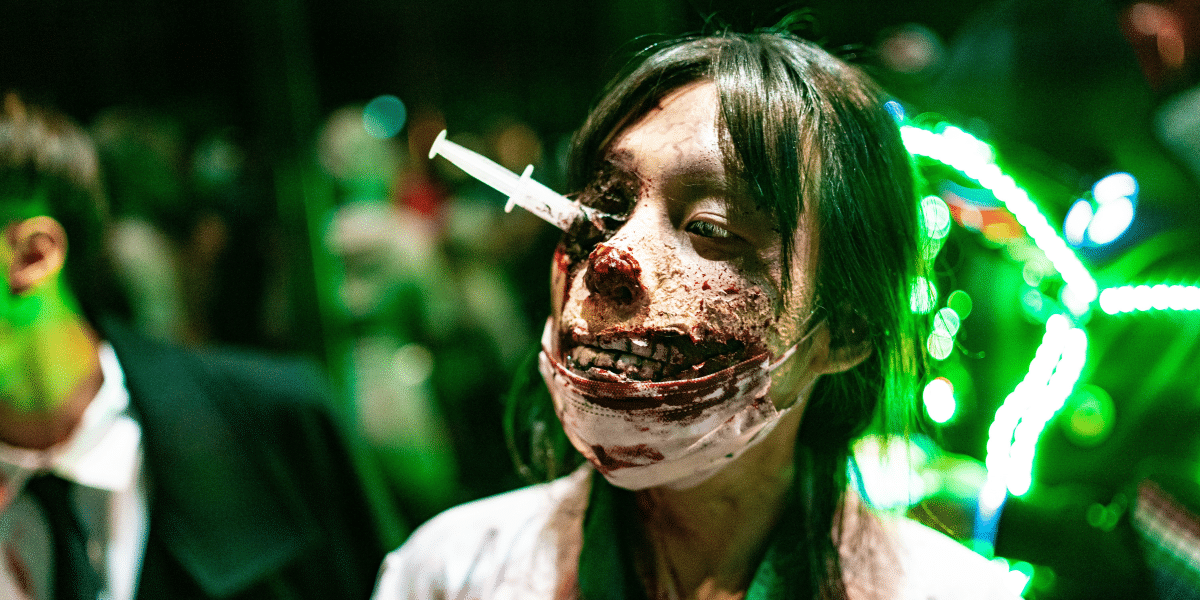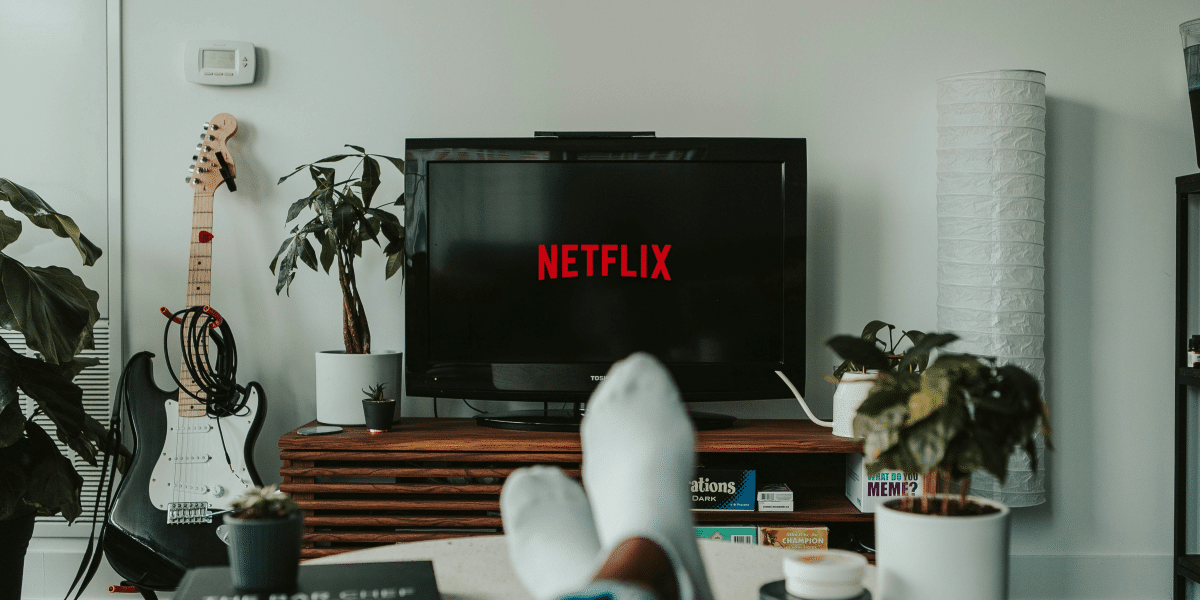Fast & Furious: The Return and Reunion of the Furious Clan
Image Commercially Licensed from: Unsplash
It is nostalgia season as all the eight seasons of the movie franchise “Fast & Furious” returns to cinemas across the US ahead of the release of its much-anticipated sequel “Fast & Furious 9.”
In preparation for the 9th installment of the fast-track action film, all preceding films of the franchise will be made available at selected cinemas for fans to catch up on their favorite films. In addition to its return to cinemas, fans will not have to pay for the cinematic experience either as they have to be “fast” and book their free tickets as soon as possible because each show operates on a first-come, first-serve basis.
Aptly titled “Fast Friday Screenings,” the viewing will commence on April 30 with the first film, “The Fast and The Furious,” which will be followed by “Fast & Furious 2” the following week, with each film up each week until June 18, when “Fast & Furious 8: The Fate of the Furious” will be available for screenings.
Exactly seven days later, the new film, “Fast & Furious 9,” will be released for viewing in the US on June 25 and in the UK on July 8. According to the franchise’s official webpage, fans can book their cinema seats through participating chains such as AMC, Epic Theatres, Showcase cinemas, Megaplex, Cinépolis USA and EVO.
In a released statement, the franchise’s production company, Universal Pictures, shared that the franchise wanted to thank their vast family of Fast fans in the US for their passion and dedication for the past two decades by dedicating the Fast Friday Screenings to their entertainment. In the much anticipated season F9, Vin Diesel will again depict Dom Toretto’s character as he shares the screen with Jordana Brewster, Ludacris, Tyrese Gibson, Sung Kang and “Game of Thrones” star Nathalie Emmanuel.
The first trailer for F9, released on January 31, 2020, delivered shocking revelations to the fans. First, the villain Jakob, reprised by John Cena, turned out to be Dom’s estranged brother, then it was revealed that Han (Sung Kang) was still alive. A second trailer also shows the crew going off to space courtesy of a rocket car. Some of the actors will also be making a comeback in the new season. Jordana Brewster (Mia), married to the late Paul Walker’s character Brian, will also be returning. There may be a possible return of Brian to the movie, but nothing is confirmed yet.
Dwayne Johnson and Jason Statham may make a cameo appearance on the movie following their spin-off movie “Hobbs & Shaw.” Charlize Theron will also be returning to reprise her villainous role as Cipher, while Helen Mirren will be back as Shaw’s mother, Magdalene. Cardi B will be making her debut in the movie as Leysa, while Marvel star Michael Rooker is playing a character named Buddy.
F9 is expected to promote moviegoers’ return to theatre after the lockdown break of 2020 with its gravity-defying stunts and action-packed plot. As the release date draws near, all fingers remain crossed.
References:
https://www.digitalspy.com/movies/a36255652/fast-and-furious-movies-cinemas-free-screenings/
https://screenrant.com/fast-furious-9-trailer-vin-diesel-save-theaters/
https://www.digitalspy.com/movies/a832625/fast-and-furious-9-10-cast-plot-trailer-release-date/







